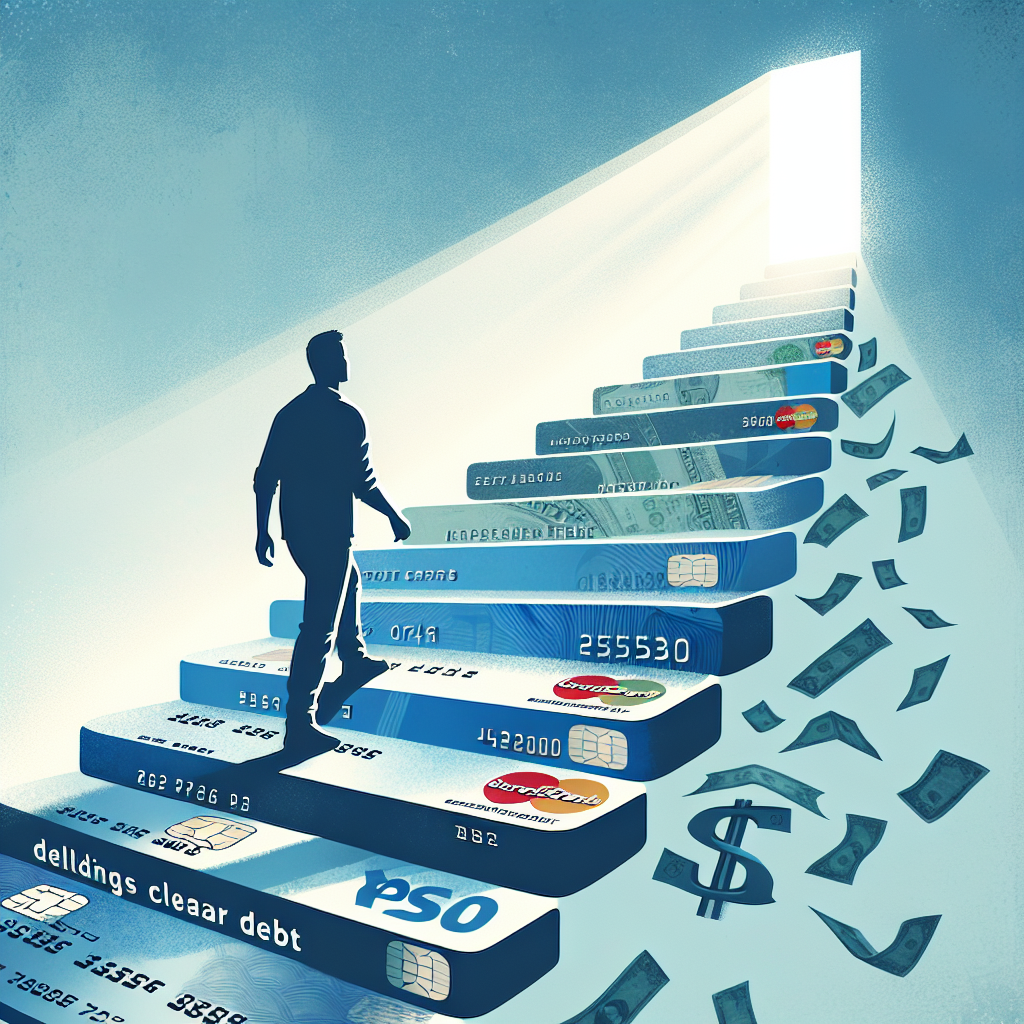Debt can feel like a heavy weight holding you back from achieving your financial goals. Whether it’s student loans, credit card balances, or personal loans, tackling debt is essential for financial freedom. In this comprehensive guide, we’ll outline actionable steps to help you clear your debt and regain control of your finances.
Understanding Your Debt
1. Assess Your Financial Situation
Before you can start clearing your debt, it’s crucial to understand your current financial landscape. Take the following steps:
- List All Debts: Write down all your debts, including the creditor, total amount owed, interest rates, and minimum monthly payments.
- Calculate Your Total Debt: Add up all your debts to understand the total amount you need to clear.
- Review Your Income and Expenses: Create a budget that outlines your monthly income and expenses to identify where you stand financially.
2. Know the Types of Debt
Understanding the types of debt you have can help you prioritize payments. The primary types of debt include:
- Secured Debt: Loans backed by collateral, like a mortgage or car loan.
- Unsecured Debt: Loans not backed by collateral, such as credit cards or personal loans.
- Revolving Credit: Credit with an upper limit, allowing for repeated borrowing, such as credit cards.
Creating a Debt Repayment Plan
3. Choose a Repayment Strategy
Once you assess your debt, the next step is to create a repayment plan. Two popular strategies are:
- Debt Snowball Method: Focus on paying off your smallest debts first while making minimum payments on larger debts. This method helps build momentum and motivation.
- Debt Avalanche Method: Pay off debts with the highest interest rates first, which saves you money in interest payments over time.
4. Set a Budget
A well-structured budget is crucial for managing your cash flow. Allocate a portion of your income towards debt repayment, and ensure you stick to your budget while minimizing unnecessary expenses.
5. Negotiate with Creditors
Don’t be afraid to reach out to your creditors. Explain your situation and see if they can offer lower interest rates, reduced payments, or a feasible repayment plan. Many creditors prefer working with you rather than risking default.
Implementing Your Plan
6. Automate Payments
Set up automatic payments to ensure you never miss a deadline. Automating bill payments can help prevent late fees and additional interest charges.
7. Increase Your Income
Consider ways to boost your income, which can significantly accelerate your debt repayment process. Options include:
- Taking on a part-time job or side hustle.
- Freelancing your skills.
- Selling unused items online.
8. Stay Committed and Motivated
Debt repayment is often a marathon rather than a sprint. To maintain motivation:
- Track your progress: Regularly review your debt balances.
- Celebrate small victories: Reward yourself when you pay off a debt, even if it’s small.
Avoiding Future Debt
9. Establish an Emergency Fund
An emergency fund can prevent you from falling back into debt when unexpected expenses arise. Aim to save at least 3-6 months’ worth of living expenses.
10. Utilize Credit Wisely
Once you’ve cleared your debt, rebuilding your credit should be a priority. Use credit cards responsibly—only borrow what you can afford to pay off each month, and avoid using credit for non-essential purchases.
Conclusion
Clearing debt is a significant step towards financial freedom. By assessing your financial situation, creating a solid repayment plan, and making conscious spending choices, you can break free from the cycle of debt. Stay committed to your financial goals, and soon you’ll be on the path to achieving the financial independence you deserve. Remember: every journey begins with a single step, and taking control of your debt today is the first step towards a brighter financial future.

